How to get detergent stains out of clothes – pro tips for pristine laundry
Use the expert rescues for clothes marked by detergent
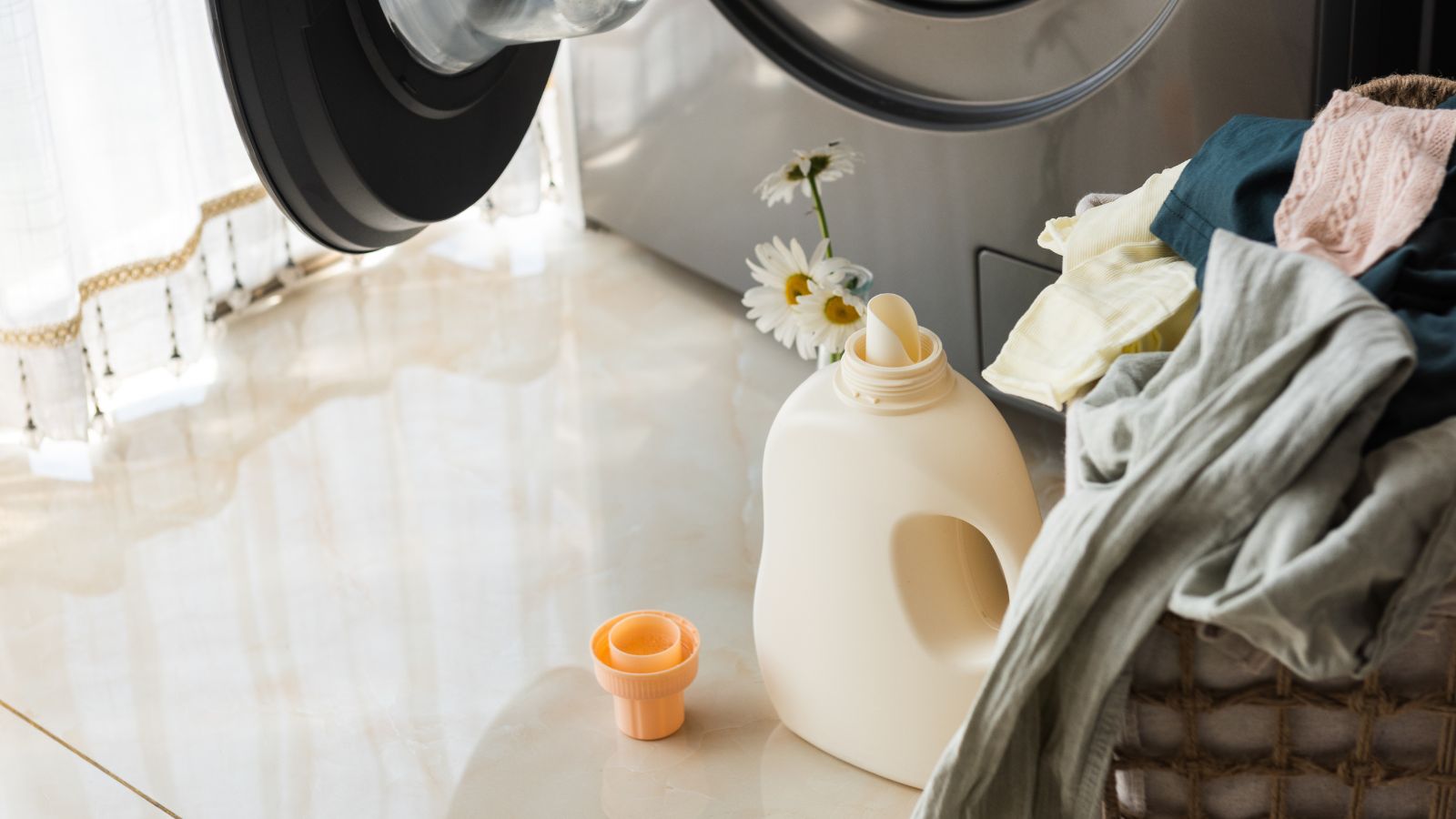

Noticing a detergent mark on freshly laundered clothes is annoying. The product that’s supposed to clean your items has left traces and what should be ready to wear isn’t.
Getting savvy about washing and drying your clothes will keep them hygienic and looking their best for longer, but from time to time it’s the marks of the product you’ve used to do the laundry that can spoil their appearance and that’s when you need to know how to get detergent stains out of clothes.
Here, we share the secrets of the experts on lifting the marks that can be left after cleaning and what you need to have ready to do so.
6 ways to get detergent stains out of clothes
Getting detergent stains out of clothes isn’t hard if you follow the lead of the pros, and the items you already have in the pantry can make the task quick and easy.
In cases where they’re a regular occurrence, check you’ve learned the essential laundry lessons and be detergent aware, too. ‘If you are using powdered detergent, you can dissolve it in water before adding it to the laundry,’ advises Kathy Turley from Home Clean Heroes. ‘Just make sure it's not really cold water as the cold water can cause powder detergents to clump.
‘Conversely, liquid detergent dissolves best in cold water,’ she says. ‘If you are using liquid detergent, you should add it to the water as the washer fills up (assuming a top load washer) and then put the clothes in (if you don’t have a compartment to put the detergent into).’
1. Use vinegar
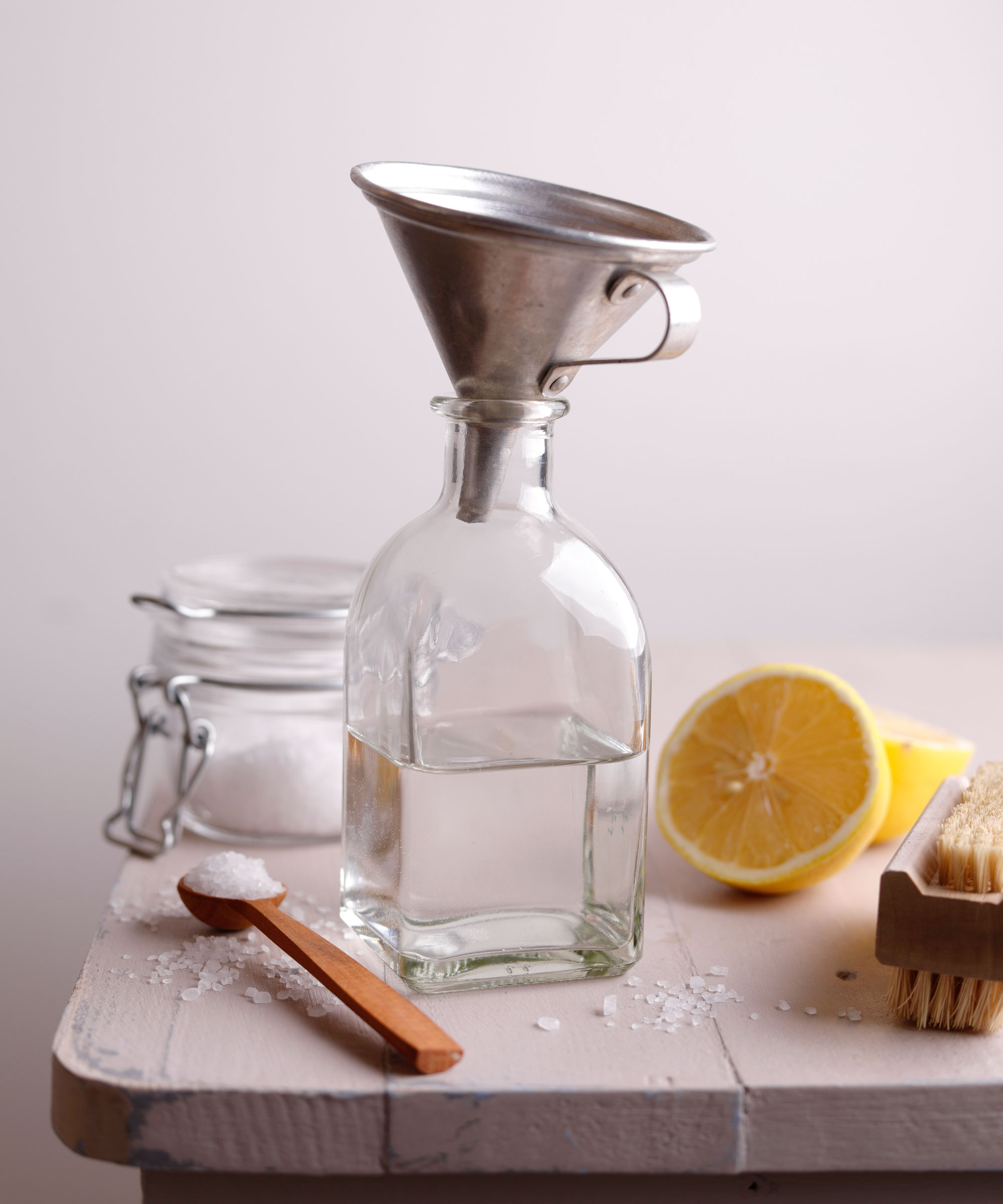
There’s likely already some in your pantry since it can help with all sorts of tasks: think cleaning with vinegar or adding vinegar to laundry as a fabric softener. It’s also handy when you spot detergent marks on your clothes.
You’ll need white vinegar, water, and a clean microfiber cloth, explains Alicia Sokolowski, president and co-CEO of AspenClean. ‘Mix one part white vinegar with one part water,’ she says. ‘Dampen a clean microfiber cloth or sponge with the solution and gently blot the detergent stain, working from the outside in to avoid spreading. Rinse the area with clean water, then wash your clothes as usual.
‘White vinegar is a natural cleaning agent that helps to break down detergent residue,’ she adds. ‘It is safe for most fabrics and can help remove any lingering odors.’
2. Try rubbing alcohol
Vinegar is not the only easy-to-find and low-cost remedy for detergent stains. ‘Cleaning with rubbing alcohol is effective at breaking down the oils in detergent stains,’ explains Ken Doty, COO and cleaning expert at The Maids.
‘Combine either with water to spray or rub before letting sit, and then rinse.’
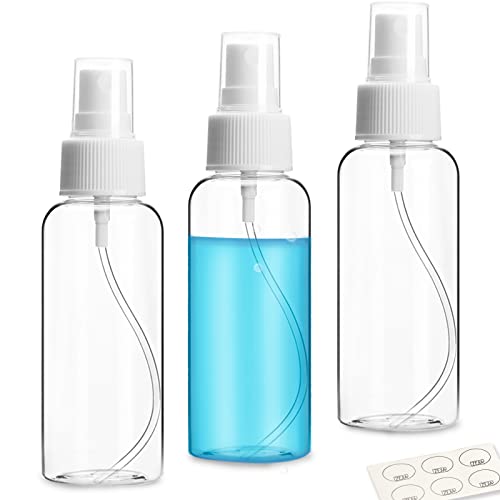
Miniature travel bottles are one of those purchases that are worth their weight in gold. Whether using it for rubbing alcohol or other homemade cleaners, you will wonder why you ever went without it.
3. Make a baking soda paste
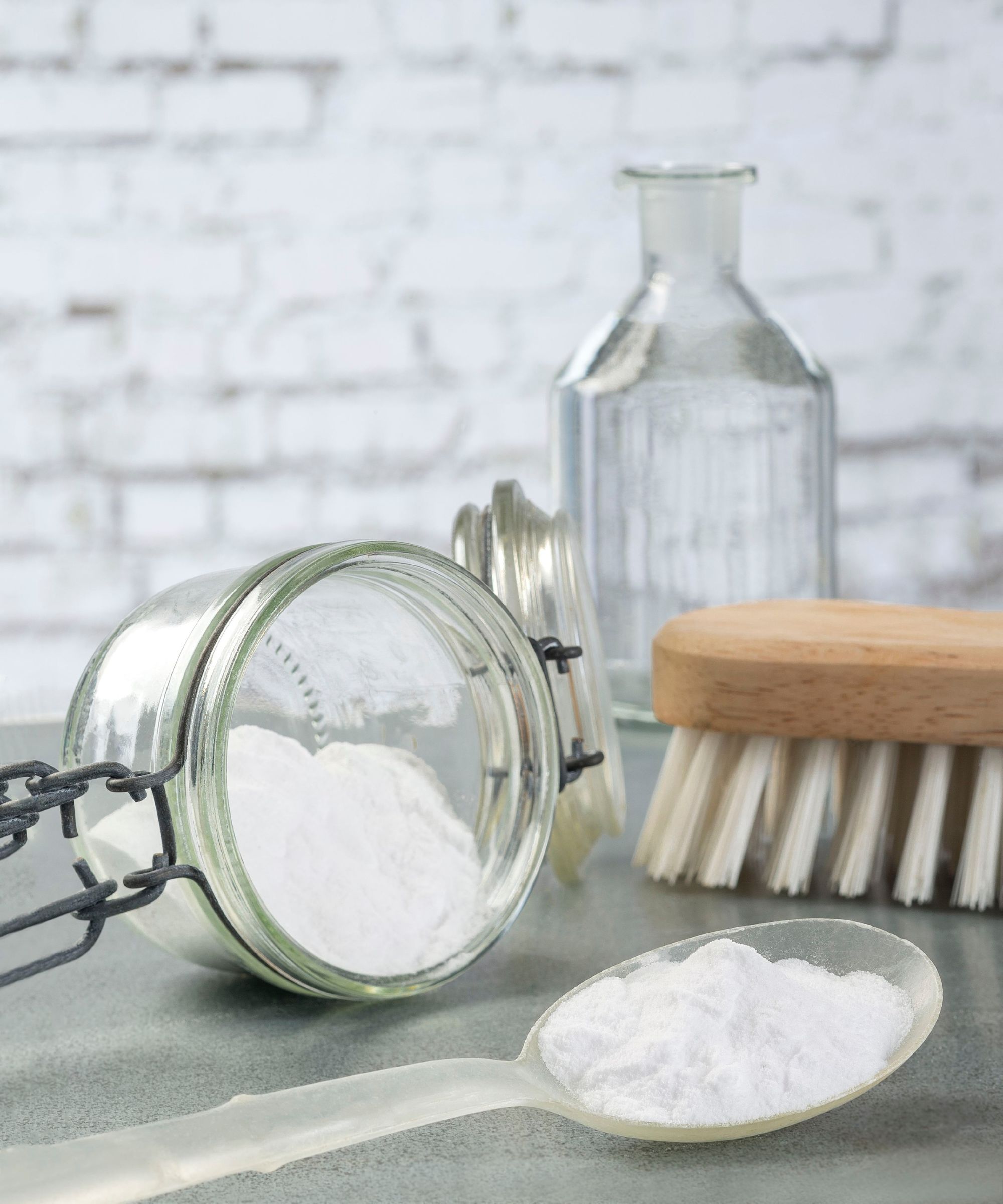
If you already do some of your cleaning with baking soda, you can reach for it to get rid of detergent stains from clothes, too.
‘Mix baking soda with a small amount of water to create a paste,’ advises Alicia Sokolowski. ‘Apply the paste to the detergent stain. Let it sit for about 10 to 15 minutes, and gently scrub the area with a soft brush or microfiber cloth. Rinse the area thoroughly with water and wash your clothes as usual.’
The reason it works? ‘Baking soda is a mild abrasive that can lift and remove detergent stains,’ she explains. ‘It is also a natural deodorizer, which can help freshen fabric.’
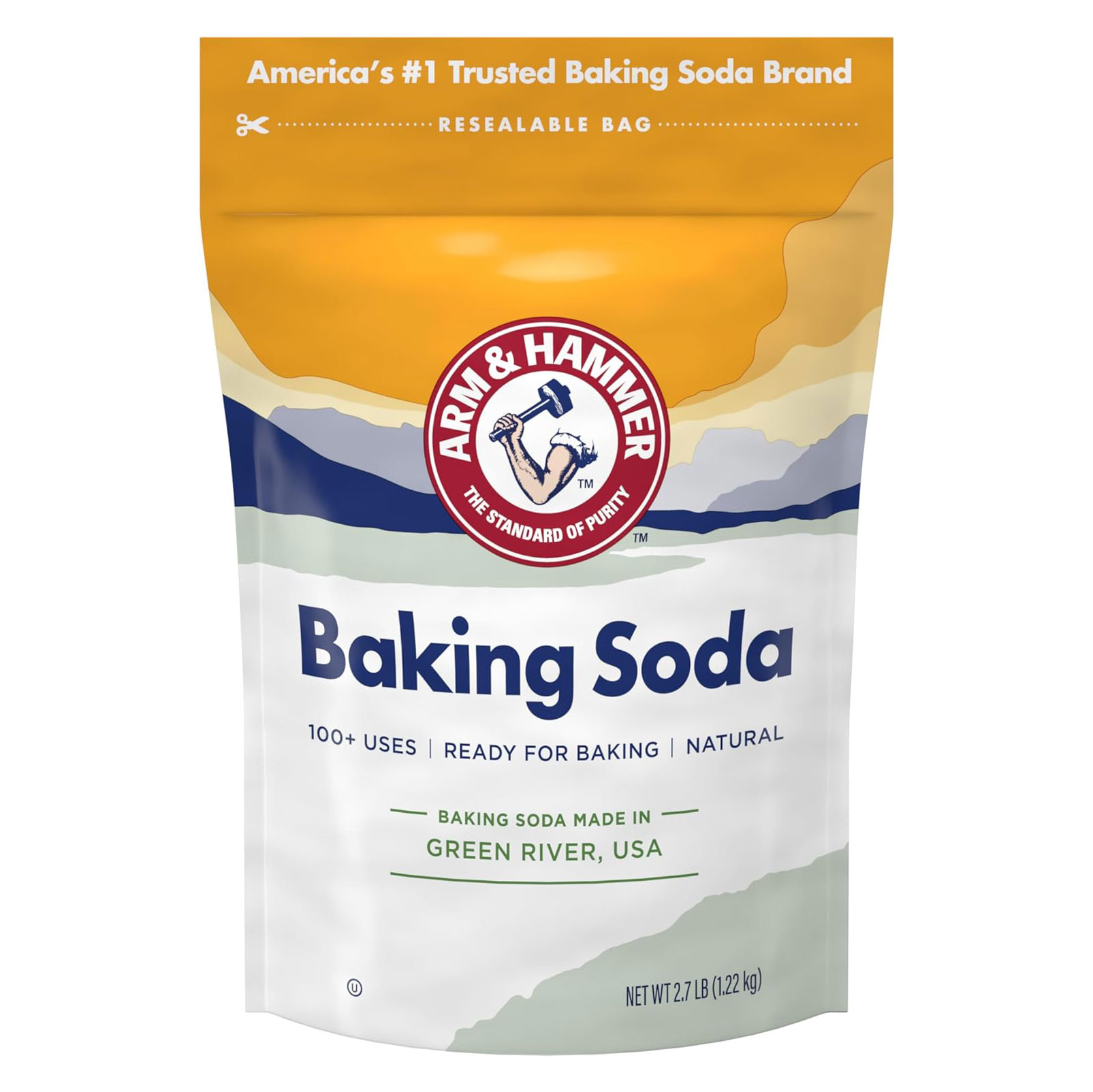
Baking soda is an ingredient like no other. From using it to deodorize a fridge to cleaning stains from clothing, this bestselling option is a must-have for your kitchen pantry and laundry room.
4. Opt for dish soap
If you’ve ever asked should I use dish soap to clean clothes, you’ll know we say no to putting it in your washing machine. However, dish soap can help you to get detergent stains out.
‘Apply a small amount to the stain and rub gently before letting it sit,’ advises Ken Doty. ‘Rinse both out with cold water and launder as usual.’
5. Use a stain remover

Often detergent stains are caused by using too much detergent or a rinse cycle that’s not long enough, explains Zachary Pozniak, vice president of operations at Jeeves New York and author of The Laundry Book:The Definitive Guide to Caring for Your Clothes and Linens.
If your clothes have detergent stains, try this routine. ‘Work in your favorite stain remover or detergent directly on the stain and let it sit for an hour,’ says Zach. ‘Wash on a hotter temperature than you did previously. Add 1/4 cup of washing boosters like baking soda or washing soda into the drum of the machine to boost cleaning power.
‘If none of these worked, try soaking your detergent-stained garments in hot water and powdered oxygen bleach overnight and then rewash on a warmer temperature,’ he recommends.
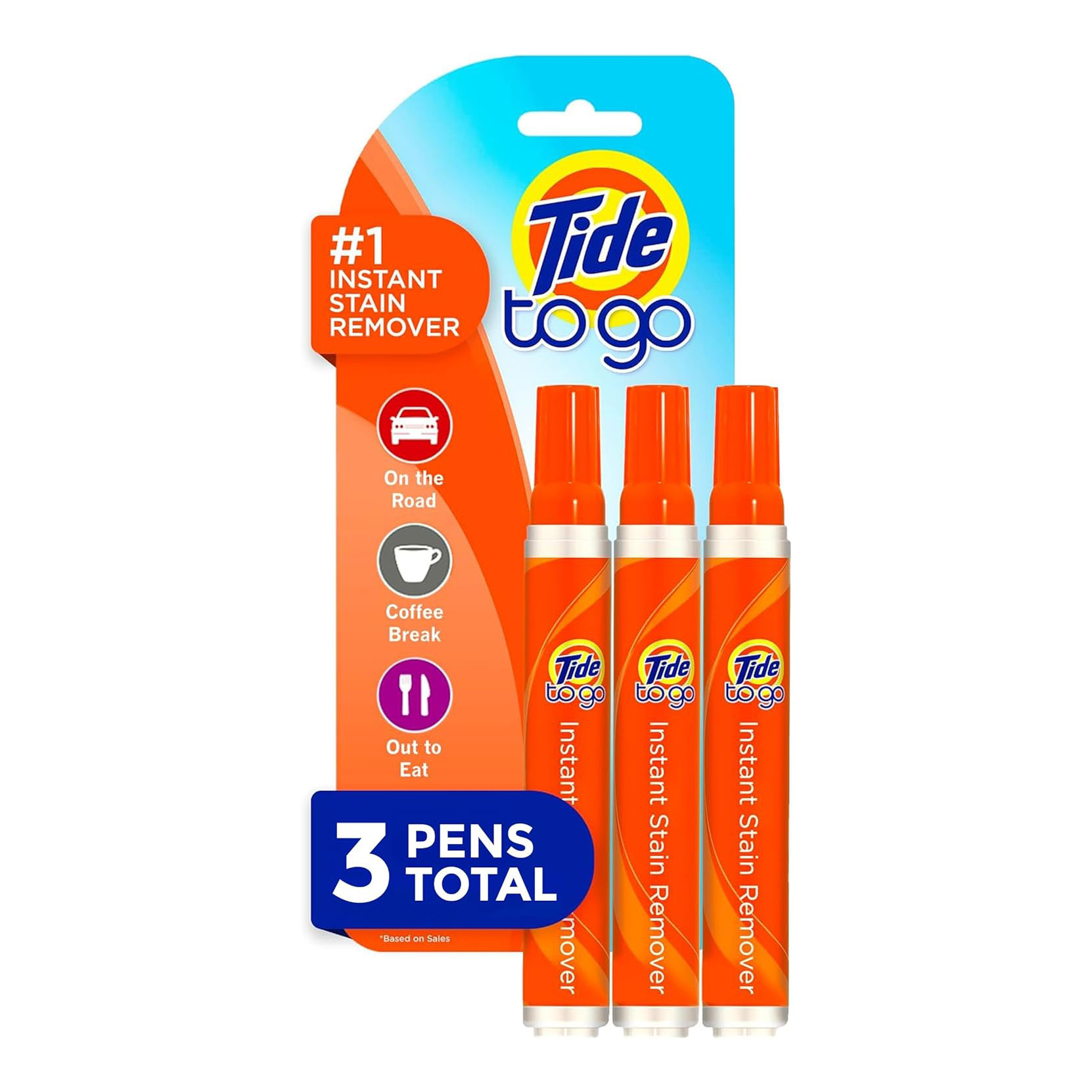
Stain removers are a godsend for households with pets and young family members. The convenience of this pen is enough to convince me to make the purchase, but the many five-star reviews alone make it worth the investment.
6. Tackle detergent pod stains
Laundry detergent pod users can encounter stains, according to Kathy Cohoon, operations manager at Two Maids. ‘While many of us love the convenience of laundry detergent pods, they don’t always dissolve in the wash, especially cold-water washes, so it’s common for the pod to melt and stain clothes,’ she says. 'There are several laundry pod mistakes you should avoid.'
The way to swerve the problem? ‘Place the pod or detergent in the washer drum before adding your clothes,’ she says. ‘This gives the detergent a chance to dissolve. Don’t overload the washer – when the water can’t agitate properly, the detergent won’t mix. As a rule, place fewer clothes per load. Rewash the stained items and it will come out.’
However, there is an answer if one of these detergent stains wasn’t caught quickly and has set on a white shirt or blouse.
‘Use a lemon,’ says Kathy. ‘Take a gallon of hot water and the yields of one lemon. Soak whites for up to 2 hours depending on staining or discoloring. Let it tumble or air dry and repeat as needed.’
Using white vinegar in laundry is an option here, too. ‘Vinegar is a great whitening agent and stain remover,’ says Kathy. ‘Add a cup of white vinegar to the washing machine and run a usual wash for a whitening effect. Or pre-treat the stain with equal parts vinegar and water.’
There are reasons why you shouldn’t wash clothes without detergent, so don’t give up on it if you’re seeing stains from time to time. To avoid detergent marks, be sure not to put too much in the washing machine. ‘It's important to not overstuff your washing machine so that there is room in the washer for the water and detergent to get into all the clothes,’ says Kathy Turley.
Sign up to the Homes & Gardens newsletter
Design expertise in your inbox – from inspiring decorating ideas and beautiful celebrity homes to practical gardening advice and shopping round-ups.

Sarah is a freelance journalist and editor. Previously executive editor of Ideal Home, she’s specialized in interiors, property and gardens for over 20 years, and covers interior design, house design, gardens, and cleaning and organizing a home for Homes & Gardens. She’s written for websites, including Houzz, Channel 4’s flagship website, 4Homes, and Future’s T3; national newspapers, including The Guardian; and magazines including Future’s Country Homes & Interiors, Homebuilding & Renovating, Period Living, and Style at Home, as well as House Beautiful, Good Homes, Grand Designs, Homes & Antiques, LandLove and The English Home among others. It’s no big surprise that she likes to put what she writes about into practice, and is a serial house renovator.
-
 Everyone is obsessed with vintage tiles right now – bring the nostalgic charm of this classic design feature into your home with our 5 design ideas
Everyone is obsessed with vintage tiles right now – bring the nostalgic charm of this classic design feature into your home with our 5 design ideasHonor the past with our favorite ways to decorate with vintage tiles, as suggested by interior design experts
By Eleanor Richardson Published
-
 'It's a fast reset button' – using the 1, 2 ,3 ,4, 5 decluttering method cleared my persistent mess in seconds
'It's a fast reset button' – using the 1, 2 ,3 ,4, 5 decluttering method cleared my persistent mess in secondsIt's easy, effective and so quick to do
By Ottilie Blackhall Published